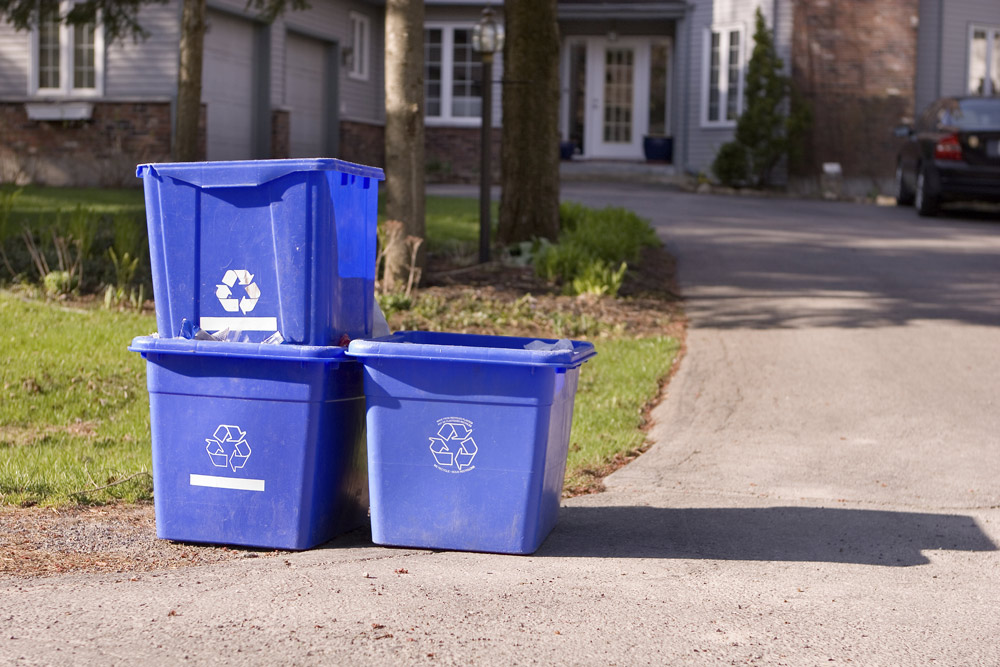National Recycling Rate Reveals some Startling Challenges for the U.S.
Posted on: July 12th, 2020

The national recycling rate has inched above 35% according to the U.S. EPA. These findings are based on the latest data collected and analyzed back in November of 2019 (from calendar year 2017 and before that is was 2015).
While 35% might seem like something to celebrate, it’s important to know where we were prior and historically over time.
It seems the national recycling rate hasn’t shown much improvement since we began tracking it around the year 2010. It has remained fairly flat at around 34% or 35%. In fact, the increase in 2017 vs. 2015 was minimal at best – 35.2% in 2017 vs. 34.7% in 2015 for an increase of .5%.
In a post by Renee Cho on State of the Planet, a site sponsored by the Earth Institute and Columbia University, she says, “Americans dutifully put items into their recycling bins, much of it does not actually end up being recycled.”
There are some very compelling reasons why the national recycling rate continues to be flat.
- Collected items are not always properly cleaned, therefore contaminating other items in the recycling bin and rendering them not usable.
- Some items can’t be processed in certain facilities and therefore are simply discarded in the trash rather than re-transported.
- Some collected items (straws, bags, takeout containers, etc.) often can’t be recycled, even though they’re tossed into recycling bins, and wind up being incinerated, deposited into landfills or find their way into our oceans.
Perhaps the biggest challenged came in 2018 when, “China’s National Sword policy banned the import of most plastics and other materials that were not up to new, more stringent purity standards,” according to Cho.
Nilda Mesa, Director of the Urban Sustainability and Equity Planning Program at the Earth Institute’s Center for Sustainable Urban Development says, “The economics are challenging. If there is not a market for the recycled material, then the numbers do not work for these facilities as well as cities, as they need to sell the materials to recoup their costs of collection and transportation, and even then it’s typically only a portion of the costs.”
What does that mean for the U.S.? Either facilities and municipalities have to pay more to recycle or they simply discard the waste. Sadly, the later has become a reality from coast to coast.
While there is so much more to this story and continual debates regarding the best way to combat the problem rage on, one thing remains clear. Paper and paperboard have a 66% national recycling rate in the U.S. with some 44.2 million tons of paper and paperboard recycled in 2017 according to the EPA’s most recent report.
That means you can help the national recycling rate by examining your current protective packaging options and asking yourself, “would sustainable packaging materials be a better solution for my business, for the economy and for the environment?”
 ☰ Menu
☰ Menu